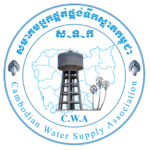
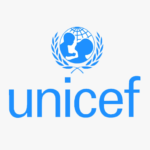
Project Title
«Increased resilient water supply for population living in arsenic high-risk and
disaster affected provinces not covered by piped water supply»

The project increased resilient water supply for population living in arsenic high-risk and disaster affected provinces (areas) not covered by piped water supply, funded by UNICEF
Project Period: March 14, 2018 to December 31, 2020
Objective: By end of 2020, strengthened committed and capacity of government to provide more children and their families, particularly in the six target provinces, with increased access to quality WASH facilities/services.
Output 1: CWA and private operators have designed and expanded piped water supply networks in targeted communes in arsenic affected areas
Results:
-
- 7 piped water supply systems installed 166,731 meters of piped water networks and delivering safe water to people in target communes
- 4,405 households supplied with safe water from piped water supply
- 17 water operators’ staff trained on water utility operation and maintenance, including on water quality.
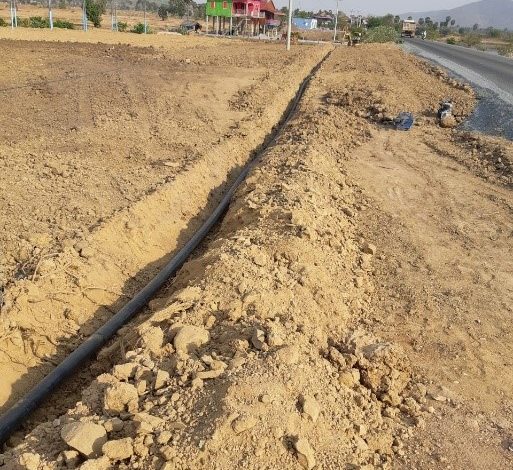
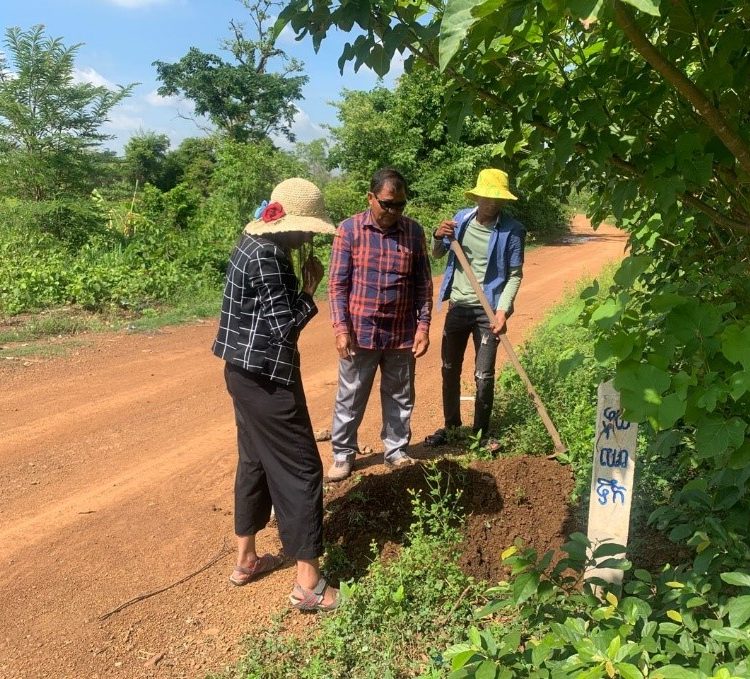
Output 2: At least 1,050 households, including 500 poor households increased access to piped water supply network free of arsenic
Results:
-
- 502 poor households connected to the piped water supply systems
- 6,886 children and 9,305 women in 4,405 households secured sustainable access to piped water supply
- 285 people reached with awareness raising messages on health-related impact of consuming unsafe water and arsenic contaminated water.
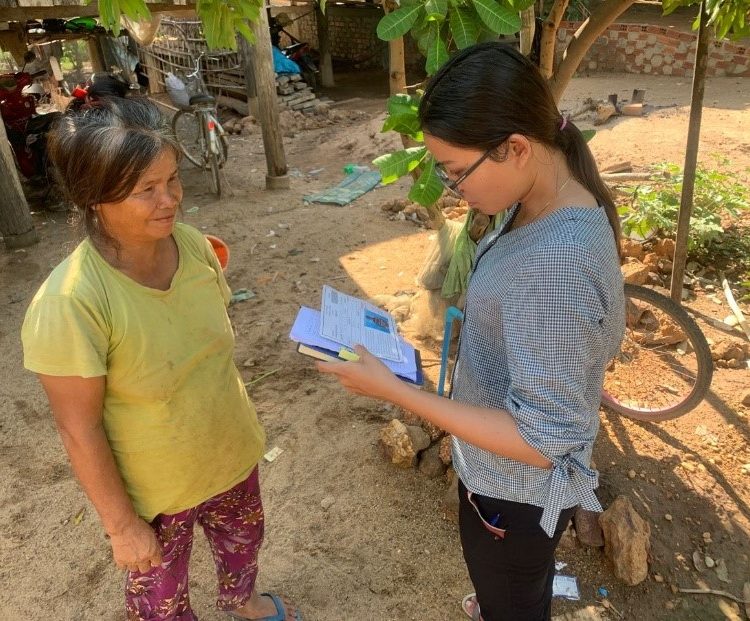
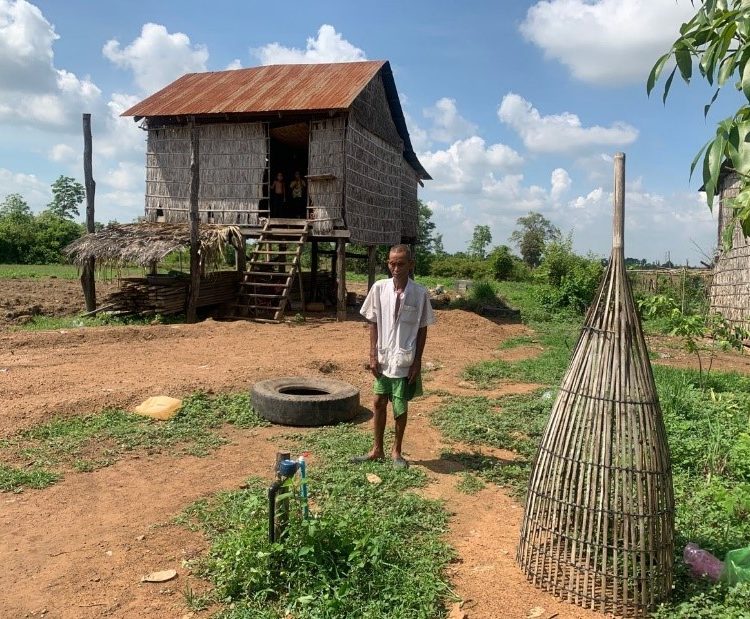
Output 3: CWA and private operators have strengthened capacity to upgrade safe and flood and drought resistant water supply in targeted communes
Results:
-
- 4 water supply systems improved the water treatment facility to cope with flood and drought by drilling new boreholes, installing 15 Kwh solar panel, extending water source intake pipeline and equipping a backup generator
- 4 climate resilient piped water safety plan were developed aligned with the Ministry of Industry, Science, Technology and Innovation’s (MISTI) guideline
- 2 SOPs (one for flood and one for drought) were drafted and sent to MISTI for endorsement.

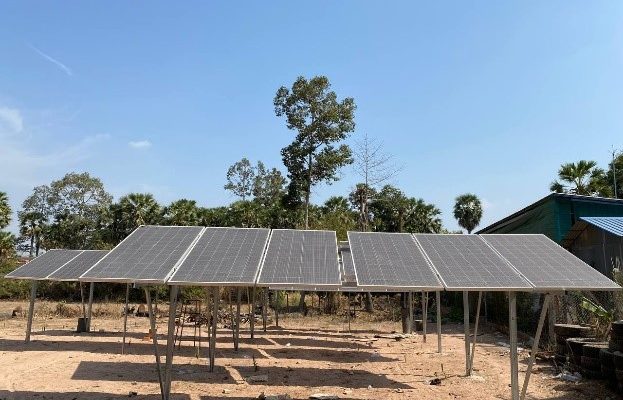
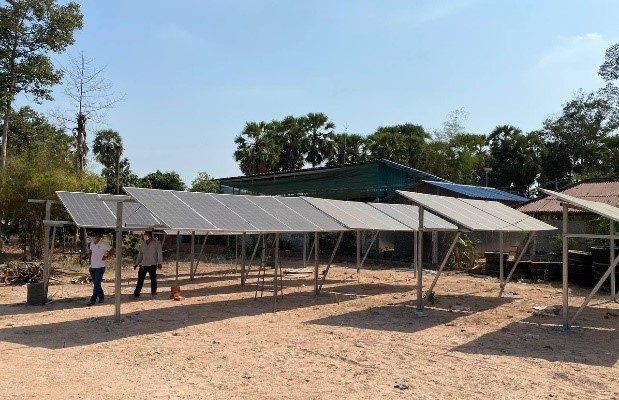
Output 4: One new publicly owned and managed piped water supply systems with private operating arrangement established and supplying water to at least 550 households.
Results:
-
- A feasibility study was conducted to assess the potential rural publicly owned water supply in Chantrea and Toul Sdey communes
- A Public Private Partnership (PPP) business management model was developed with the supporting documents for the rural commune piped water supply systems
- A set of construction document (for 3 systems), by-law, and related management policies were developed for the rural publicly owned piped water supply system.

